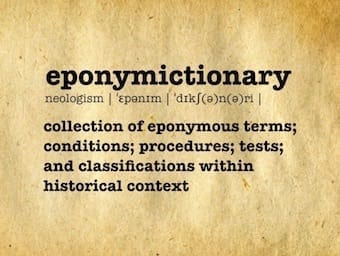
Lund Concept for Traumatic Brain injury
A 'volume-targeted' approach to the management of TBI developed by a Swedish group (not ABBA), based on physiological volume regulation of the intracranial compartments. The Lund concept contradicts the prevailing strategem of titrating CPP to match ICP in TBI

